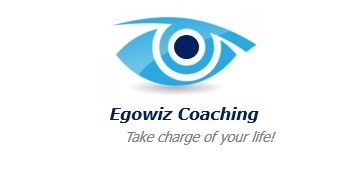Welcome to the third chapter in the “10 Leadership Superpowers” series. If self-awareness lays the foundation and values provide the compass, then intentions are the guiding light that brings clarity to your path and empathy to your interactions.
Setting Intentions: The Anchor of Purpose
Setting intentions is about defining the “why” behind your actions and decisions upfront. It’s a practice of purposeful focus, where you align your goal(s) with your values and vision for the future. Intentions act as an internal compass, much like values, but with a forward-looking lens. They guide your energy, helping you prioritize actions that bring you closer to your desired outcomes. Without intentions, actions can feel aimless, reactive, or scattered.
For instance, consider starting your day with the intention, “Today, I will approach challenges with patience and creativity.” This clarity shapes your behaviour throughout the day. It becomes easier to resist frustration when problems arise, as you’ve already grounded yourself in a purposeful mindset.
Intentions aren’t limited to grand visions. They can be small, powerful commitments, such as setting the intention to actively listen during a meeting or to express gratitude to a colleague. Over time, this practice fosters alignment between what you aim for and how you act.
Seeing Intentions: The Gift of Perspective
While setting intentions focuses on your inner world, seeing intentions is about extending empathy outward. Too often, we misinterpret others’ actions by assuming malice or neglect, when their intentions might be quite different. We create a lot of unnecessary struggle and negativity that way. Misunderstandings galore!
Imagine if you could see intentions as a visible thought cloud hovering above someone’s head. How would that reshape your understanding of others? For instance:
- A father yells at his child. The child feels hurt, but above the father’s head is the glowing cloud: “I want to protect you from harm.” Suddenly, the action is reframed as care miscommunicated by frustration.
- A colleague forgets to include you in a project. Your initial thought might be, “They’re excluding me,” but their intention cloud reads: “I was overwhelmed and didn’t realize.”
- A stranger cuts in line. Your irritation softens when their cloud says: “I’m late for my child’s recital, and I’m panicking.”
Seeing intentions brings understanding, forgiveness, and connection. While we don’t have literal intention clouds, cultivating curiosity about others’ motivations can create this same effect. Asking, “What might their intention be?” or even directly inquiring can transform relationships. Try it out!
The Power of Combining Both
Leadership and personal growth thrive when setting and seeing intentions work together. Setting intentions helps you act with clarity and purpose, ensuring your energy aligns with your goals. It’s being authentic! Seeing intentions promotes empathy, reducing conflict and misunderstanding.
Practical Examples:
- Before a tough conversation, set the intention: “I will communicate with respect and clarity.” While engaging, remind yourself to see the other person’s intentions, which might be rooted in their own fears or values.
- In team settings, assume good intentions from colleagues even if their delivery falters. This perspective nurtures collaboration and mutual respect.
The Path Forward
Imagine a world where we all took a moment to set clear, thoughtful intentions and to see the goodness in others, even when their actions fell short. Such a shift would foster deeper connections, less conflict, and a greater sense of purpose in how we lead and live.

